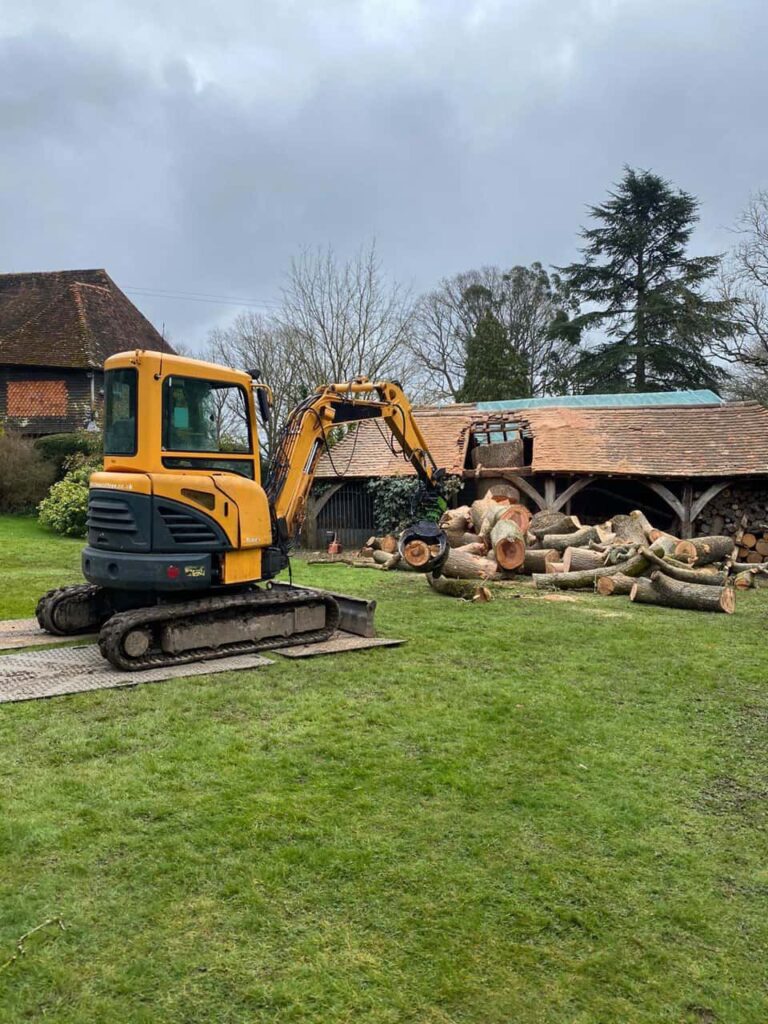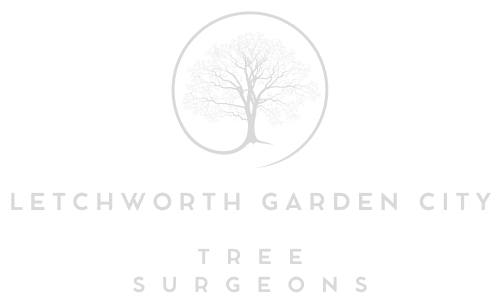Tree Reshaping and Wildlife Habitat Preservation
Introduction: In our ever-expanding urban landscapes, it’s crucial to balance maintaining the health and beauty of our trees while preserving the natural habitats they provide for wildlife. When done thoughtfully and with wildlife in mind, tree reshaping can serve as a powerful tool for enhancing your property’s aesthetics and supporting local biodiversity. In this blog post, Letchworth Garden City Tree Surgeons will delve into the connection between tree reshaping and wildlife habitat preservation, highlighting how you can create a harmonious environment for trees and wildlife.
The Role of Trees in Wildlife Habitat
Trees are vital components of ecosystems, offering numerous benefits for wildlife:
- Shelter: Trees provide shelter, nesting sites, and refuge for birds, insects, and small mammals.
- Food Source: Trees produce fruits, nuts, seeds, and nectar that sustain wildlife, from songbirds to pollinators.
- Biodiversity: A diverse array of trees can support a wide range of species, enhancing overall biodiversity in your garden or property.
- Oxygen Production: Trees play a crucial role in oxygen production, creating a healthier environment for wildlife and humans.
Balancing Aesthetics and Wildlife Preservation
Tree reshaping should aim to strike a balance between achieving your desired aesthetic goals and preserving wildlife habitat:
- Selective Pruning: Use techniques to remove dead or hazardous branches while keeping healthy ones intact. Retain branches that provide shelter, food, and nesting sites for wildlife.
- Encourage Diversity: Promote a diverse range of tree species on your property. Different tree species attract various wildlife, creating a more dynamic ecosystem.
- Keep Deadwood: Deadwood in trees can be a valuable resource for insects and woodpeckers. Consider leaving some deadwood in place to provide essential habitat.
- Strategic Shaping: When reshaping trees, consider the specific wildlife needs in your area. Prune to create a balanced canopy that provides shade and sunlight for different species.
- Bird Boxes and Nesting Sites: Incorporate bird boxes, nesting sites, and bat boxes in your tree-scape to enhance the availability of shelter for wildlife.
- Regular Maintenance: Schedule regular maintenance to assess the health of your trees and address any potential issues that could impact wildlife habitat.
Local Benefits for Wildlife
The preservation of wildlife habitat through tree reshaping can yield numerous local benefits:
- Increased Birdwatching: A diverse and well-maintained tree canopy attracts various birds, making your property a haven for birdwatchers.
- Pollinator Support: Trees that provide nectar and pollen sources for pollinators like bees and butterflies can contribute to local agriculture and garden health.
- Education and Awareness: A wildlife-friendly landscape can be an educational tool for learning about local flora and fauna.
Conclusion: Tree reshaping offers an opportunity to enhance the aesthetics of your property while supporting local wildlife habitat preservation. By making thoughtful choices during the reshaping process and considering the needs of wildlife, you can create a harmonious environment where trees and wildlife thrive together.
Call us on: 01462 419 196
Click here to find out more about Letchworth Garden City Tree Surgeons
Click here to complete our contact form and see how we can help with your tree’s needs.

